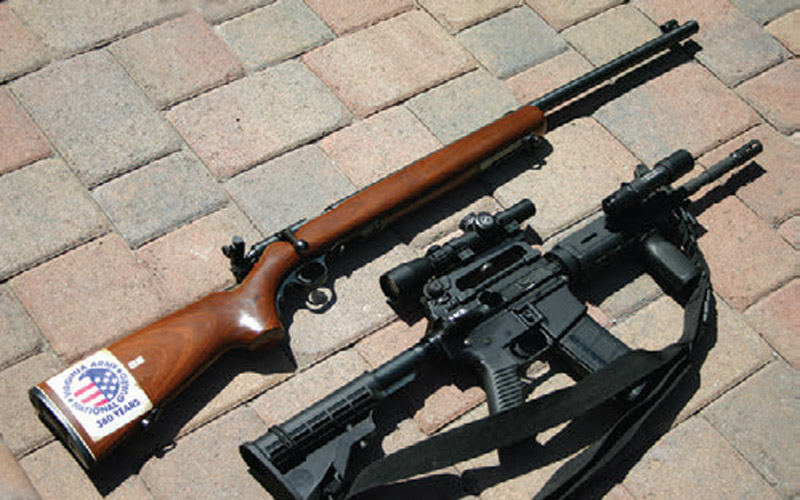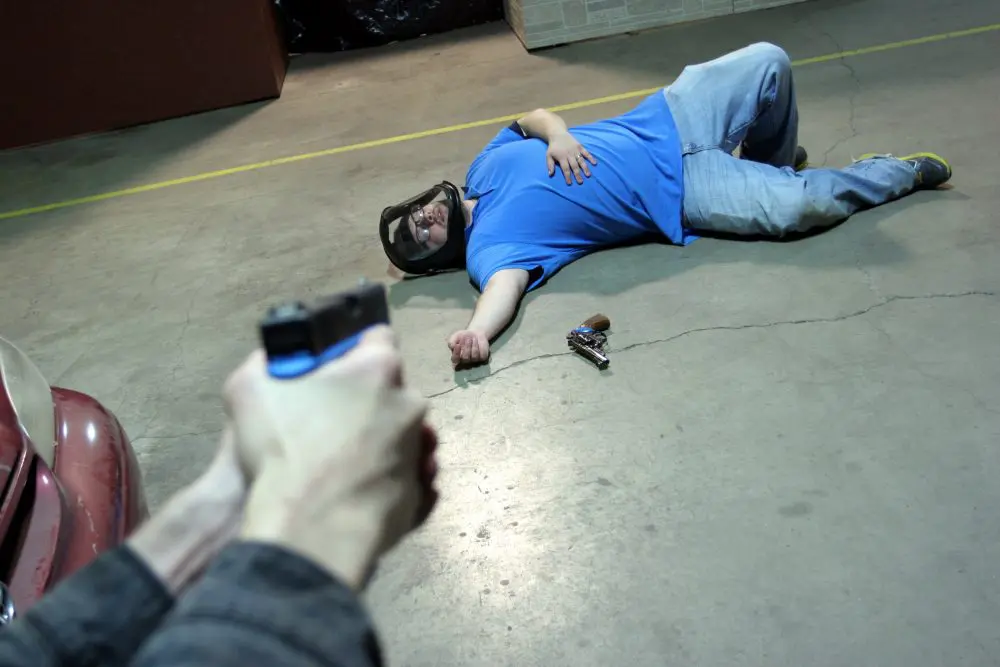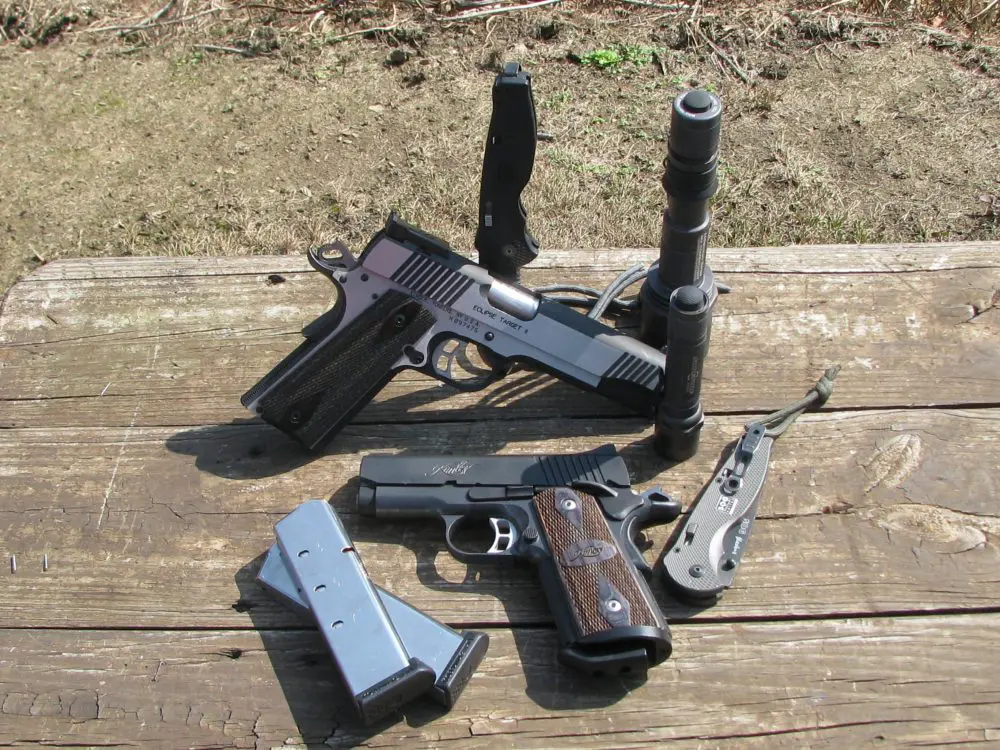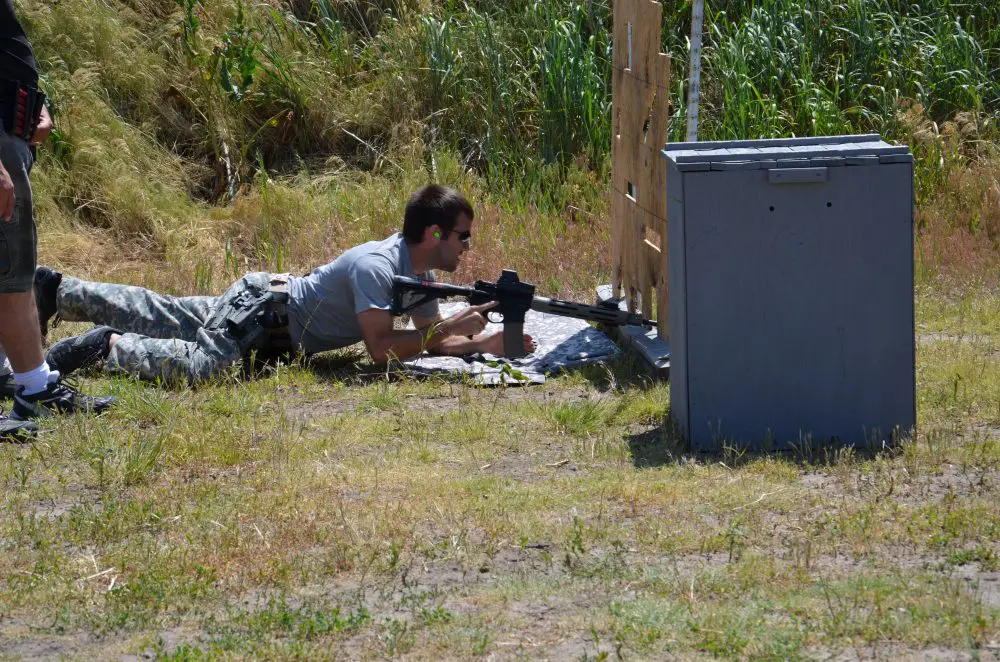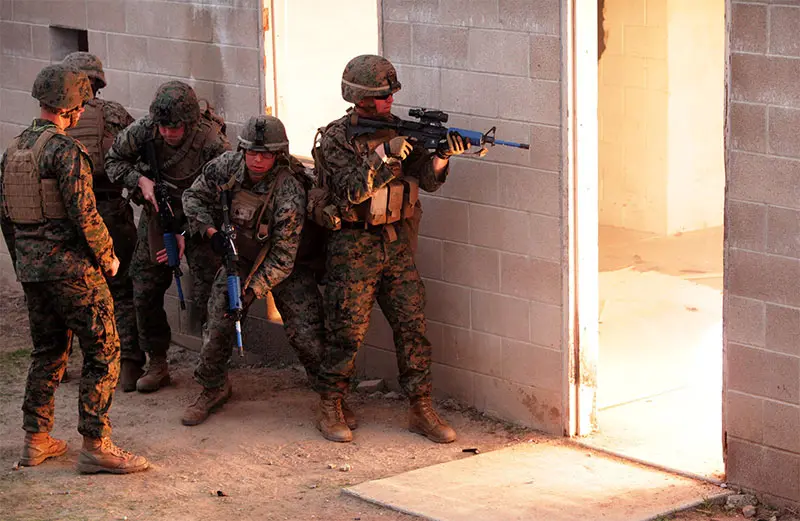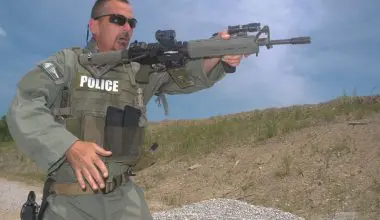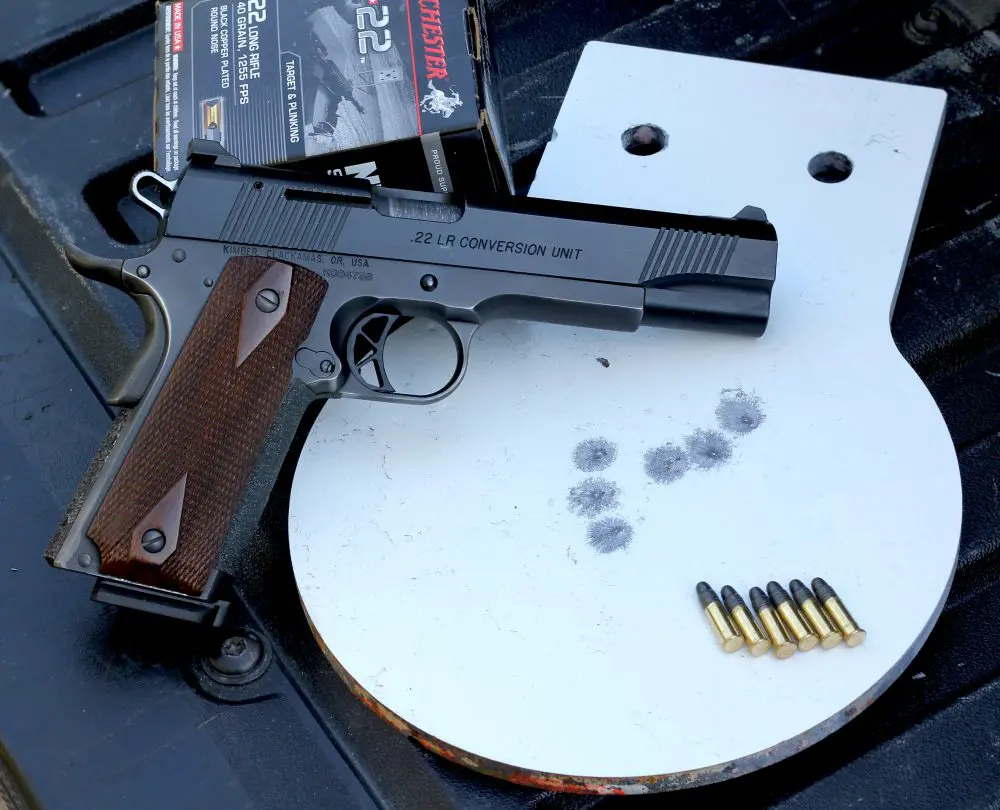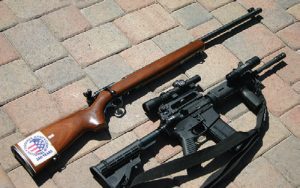
I am a longtime fan of mixed martial arts. I enjoy watching two guys beat the hell out of each other while I’m sitting in my recliner at home, beer in hand. I know some cops who like to participate in these events, and hats off to them. For me, I’ll leave the fighting to the experts and limit mine to dealing with unruly subjects on the street when I’m at work.
In the short history of competitive fighting, a gradual change has taken place. In the early days of the sport, fighters from specific disciplines squared off against each other. Like a 1980s martial arts movie, they competed to see not only who was the best, but also which form of martial arts was superior.
Experts in Karate faced off against masters of Jiu Jitsu, Muay Thai against Greco Roman wrestling, and so on. Each art had its own advantages and disadvantages and, in the long run, no one art was found to be superior to the others. A Jiu Jitsu or wrestler practitioner might have the advantage on the ground, but a Karate expert or Muay Thai fighter would be better on his feet.
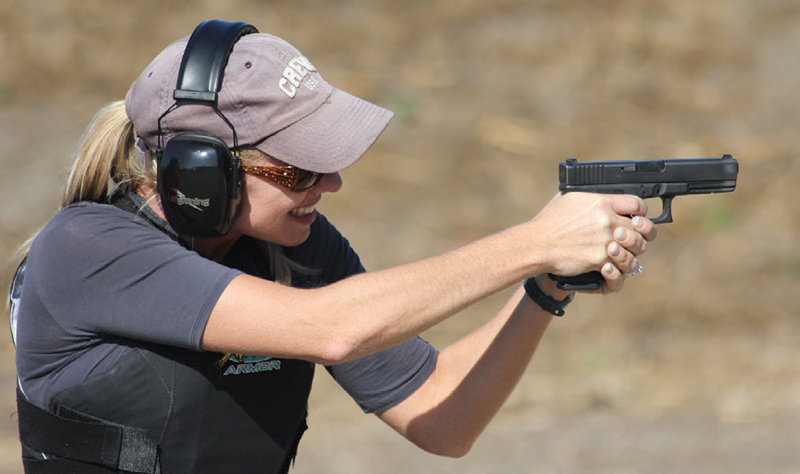
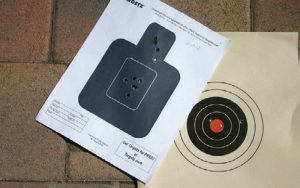
Table of Contents
GENESIS OF MIXED MARTIAL ARTS
Over time, an amalgamation of these arts developed into the preferred method of fighting. Fighters learned to clinch like a Muay Thai fighter, punch like a boxer, kick like a Karate expert, grapple like a wrestler, and submit like a Jiu Jitsu fighter.
More and more, fighters began to utilize this multidisciplinary approach. A fighter with a grappling background would incorporate elements from other martial arts that would make him a better stand-up fighter. Conversely, a striker, such as a trained boxer, would work on learning Jiu Jitsu skills to make himself a better all-around fighter.
As the sport progressed, new fighters began to train as “mixed martial artists.” In other words, they didn’t begin in one specific discipline then branch off into other areas. They learned, in essence, a new form that took some of the best techniques from all the skill sets and combined them under one title, Mixed Martial Arts, commonly known as MMA.
This type of training is designed specifically to prepare fighters to square off against opponents in the octagon. Dojos, studios and gyms popped up all over the place teaching MMA.
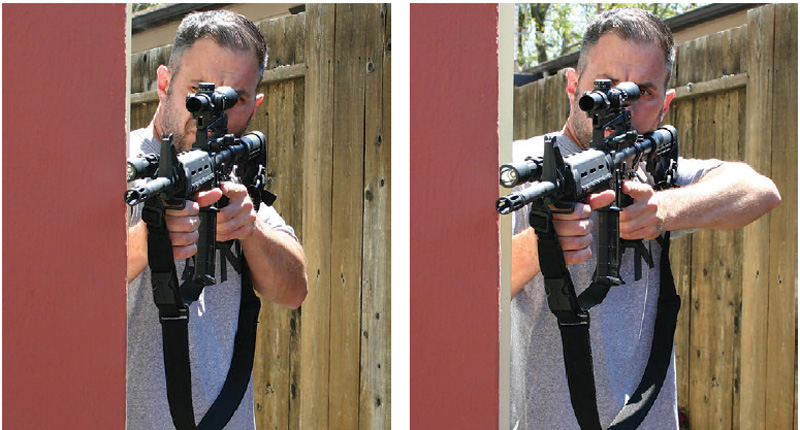
TACTICAL FIREARMS TRAINING
Tactical firearms training developed in much the same way. In the old days, before the proliferation of tactical training venues like Gunsite and Thunder Ranch, and classes, books and how-to videos by experts such as Chris Costa and Kyle Lamb, we learned non-tactical shooting first.
The focus was on basic marksmanship, taught at ranges across the country. The targets weren’t silhouettes of human form, rather they were innocuous bullseyes with no resemblance to anything other than what they were designed to be.
We learned how to line up the front sight with the rear sight and control our breathing and the trigger. Results were measured in the number of rounds in the ten-ring. There was no tactical element to it.
The focus was on how to best put bullets in the same spot with consistency. Often the weapons themselves reflected this philosophy: Heavy rifles with bull barrels and peep sights designed for shooting at bullseyes, not tactical rifles with reflex optics and 30-round magazines.
Later in life, when I joined the Army and then became a cop, these basic skills came in handy. When learning how to shoot tactically, basic marksmanship skills served me well. Shooting at bullseyes was a good primer for learning to engage threats. All the same basic principles applied (breathing, trigger control), but now using cover, shooting on the move, and operating with other shooters were added.
Basic marksmanship was like a martial arts discipline, mastered in its purest form and used as a basis for a system incorporating other skillsets to make one into a tactical shooter.
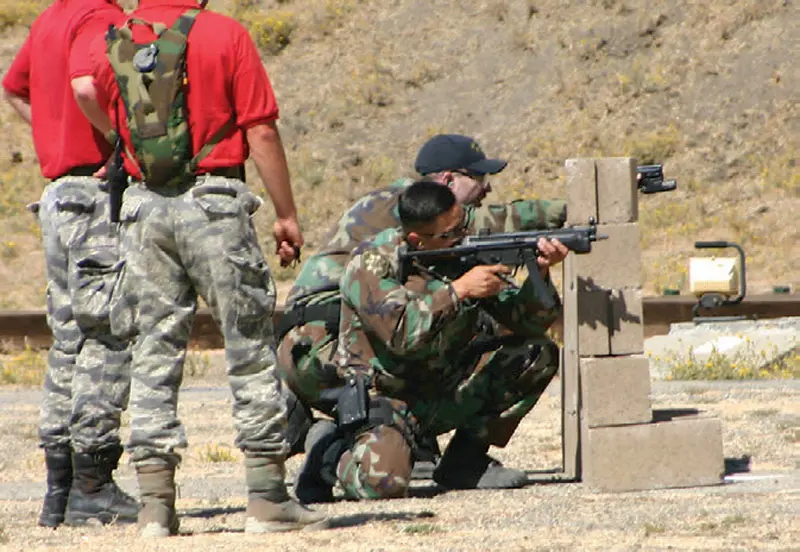
PROFESSIONAL TRAINING TODAY
More often than not these days, Soldiers, Marines, cops and other folks who carry a gun for a living get more of an MMA-type approach to learning to shoot. They get a basic primer on marksmanship skills and then quickly move on to how to engage threat targets in a tactical environment. They don’t master non-tactical marksmanship and move on to other subjects. In theory, marksmanship is incorporated into tactical training.
To take the martial arts analogy a step further, a karate practitioner will spend years learning Katas—a series of moves that have to be memorized and executed in a certain order. Completion of Katas and other skills equates to progressing and earning belts. A Kata, like basic bullseye marksmanship, is fairly unthreatening. It is more akin to learning a dance. However, all the moves in a Kata serve a specific purpose, each a step in a potentially deadly system that can be used defensively or offensively.
A mixed martial artist wouldn’t spend time learning Katas. He would learn the strikes, takedowns and submission holds used to win a match. For a shooter, it’s like focusing strictly on gunfighting skills like mag changes and failure drills rather than hours of dry-fire practice at a fixed target.
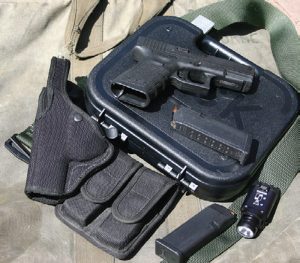
WHICH IS BETTER?
This is a chicken-and-egg argument. Learning fundamentals first provides a good background for more dynamic skills. At the same time, training exclusively for what you will be doing (whether it be cage fighting or gun fighting) can be more efficient and time better spent focusing on the ultimate goal.
Here’s what my personal experience has been.
TACTICAL TRAINING WITHOUT BASIC SKILLS
Over the years I’ve worked as an adjunct instructor for various tactical training companies. One staple of most training companies is an introductory tactical pistol course. Usually there is no prerequisite, but it is generally assumed the student knows how to shoot. But invariably, students sign up for these courses with little or no firearms training. It goes something like this:
A student shows up for class with a bag full of gear including a new pistol (still in the box) that the “guy at the gun store recommended.” Also in the bag is a lot of high-priced nylon gear (holsters, mag pouches, belts) that hasn’t been assembled yet.
The instructor spends valuable class time helping the student put all his gear together. On the range, the student demonstrates a complete lack of firearms knowledge, including many safety violations and an inability to hit the target. Again, the instructor has to commit extra time to basic firearms handling and marksmanship.
Often one instructor has to work with the one student who came to class without the prerequisite weapons handling skills. The problem is compounded when more than one student shows up unprepared.
SOLID BASICS AND TACTICAL SHOOTING
On the flip side, not all marksmanship skills translate directly to tactical prowess. Shooters with a lot of precision marksmanship training can have difficulty transferring those techniques to tactical shooting.
Case in point is the rifle shooter well versed in standing target shooting trying to shoot tactically. The target shooter will do a number of things that run contrary to good tactics. They will stick their support arm elbow out, making it an easy target for bad guys and announcing their position when behind cover.
They often stand very stiffly to make a more stable firing platform. Good for target shooting but bad for tactics, where gunfighters need to be prepared to engage multiple targets as well as shoot and move.
I’ve seen students in introductory tactical rifle classes wrap themselves up in their slings trying to lock into a good, accurate shooting position. This all goes to hell when they try to move and can’t because of the self-imposed restraint system they have designed for themselves.
Even shooters well versed in shoot-and-move competitions like 3-gun matches still have problems with tactical shooting. They aren’t as aware of utilizing cover and concealment as they should be and may not be prepared for the inherent risks of shooting on a “two-way range,” since steel plates and swinging cardboard targets don’t shoot back.
Going back to the martial arts analogy, some martial arts teach practitioners to fight with their hands at their sides to try to catch their opponents off guard by presenting a false state of unpreparedness.
This would not work in a cage match, where your opponent enters the ring with the specific intent of knocking you out or getting you to submit. No surprise here, both guys showed up to fight.
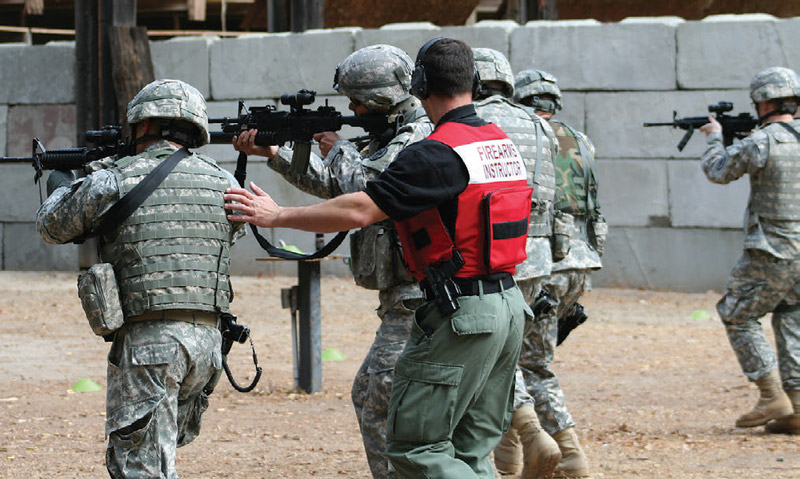
CONCLUSION
Good marksmanship and good tactics are not mutually exclusive. On the contrary, both depend on one another and, to be a complete operator, you must be strong in both areas.
However, overemphasis in one area or lack of training and experience in the other will result in poor gunfighting. Whether it is in the cage, on the street, or downrange, be a complete fighter.
Nick Perna is a police officer with Redwood City, California. He has been a member of a Multi-Jurisdictional SWAT Team since 2001 and is currently a Team Leader. He previously served as a paratrooper in the U.S. Army and is a veteran of Operation Iraqi Freedom.
